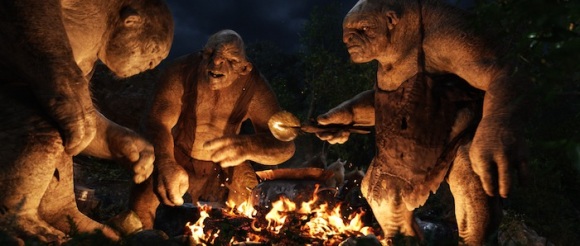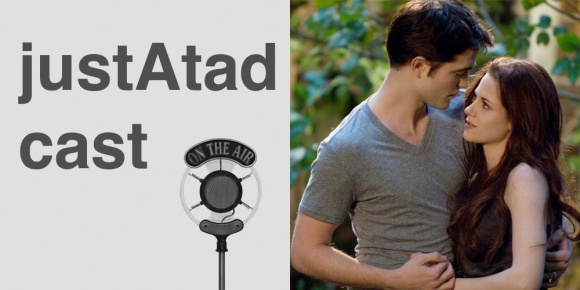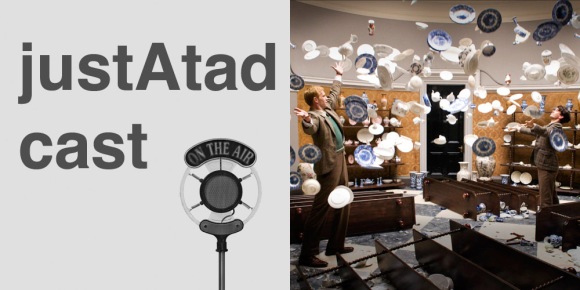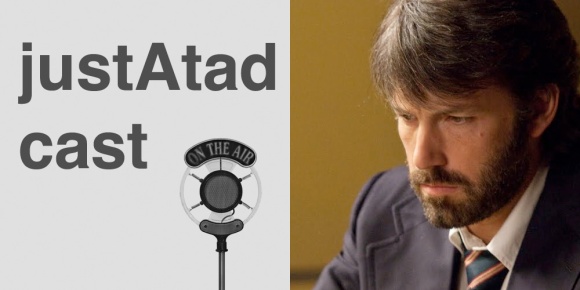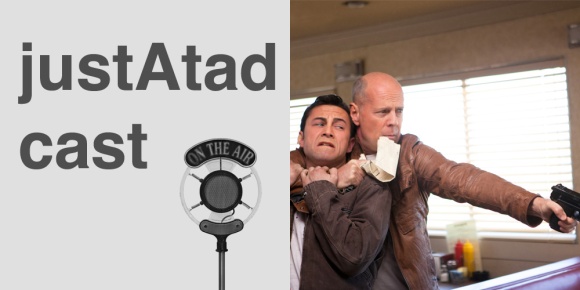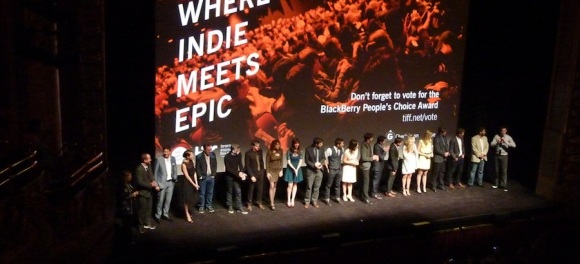There has now been some time to absorb the finale of Breaking Bad. It’s been thought about and discussed, and for many the episode was supremely satisfying. There is a contingent, though—and a growing one—of those who found the ending a little too satisfying. One critic after another labeled the episode “too neat.” They’re not wrong, at least not in the literal sense. In the matter of plot, the episode is neat. Too neat. Cosmically neat, as though Walt had an angel looking over his shoulder through his final plans. But that neatness bears witness to the great beauty of Breaking Bad as a complete series.
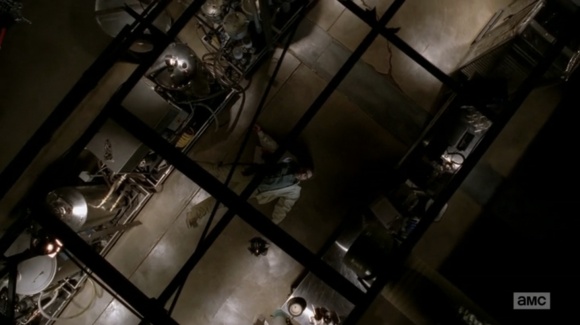
The neatness on its own has been cause for consternation, owing mostly to its convenience. There have always been neat coincidences and conveniences in Breaking Bad, but rarely if ever so many so close together and without anything going wrong. Here, in its final episode, Gilligan and company got writerly, focusing on tying up their loose ends and selling themes rather than organically following their universe’s trajectory.
Of course, the bigger potential problem created by this writerly mode is the impression that the show effectively endorses Walt’s final actions as right, or heroic. It’s not surprising that many critics have taken this away from the finale. There’s certainly room enough to interpret it that way, right down to the final shot of the series. What are we to take away from a series that turned its lead character into a man impossible to root for, only to reverse course at the very end?
The answer is maybe not as obvious as some would like, but the truth is, a show that once seemed to be taking a specific journey—Mr. Chips to Scarface—instead decided on something far less black-and-white. Where it would have been easy to send Walt off as a monster, synonymous with the monstrous acts he committed and caused, the show instead chose to pull back and examine the man’s soul. Hard as it may be to remember, Walt is and always was a human being. In extending a hand to his humanity, Breaking Bad became something so much greater than the moralistic enterprise we all thought it was.
‘Felina’ opens with Walt in a car, attempting to steal it and having no luck in the attempt. He begins asking, almost in prayer, for help in this low moment, and miraculously finds keys to the car behind the sun visor. Of all the Deus ex machina moments in the finale, this is the most crucial. This is Walt meeting his guardian angel. This is the writers seemingly taking his side, nudging him along on his journey to make things right for his family and take revenge on the people who have wronged him.
Only, the writers aren’t necessarily taking his side in the moral sense. They are simply granting him this final journey to express all the facets of his fractured humanity. In just one episode we see all sides of Walt and we finally come to understand him fully, notably because he finally comes to understand himself.
Walt’s conniving brilliance shines bright in his scene with Gretchen and Elliott. He enacts a brilliant plan to strike fear into their hearts—no doubt a partial revenge for his feeling of being wronged—while also doing something genuinely good for his children. And furthermore, his threat of assassination was knowingly idle. As critic Matt Zoller Seitz described it on Twitter, “those red dots, courtesy of Badger/Skinny Pete, are Walt waving a big rubber dildo around.” Classic Walter White.
In his scene with Lydia and Todd, Walt gets to go undercover as the crazy fool, all the while setting in motion the complex machinations of his final plan to kill them, the Nazis and Jesse.
There’s the last bit of MacGyvering we’ll ever see Walt do, when he rigs a garage door motor to create a remote-activated oscillating device for his newly acquired M60 machine gun. It was always in the moments he was most desperate that he turned to his scientific know-how to pull off a crazy plan.
We also have Walt the Killer. A man who at first had the most difficult time killing a drug dealer in his basement, and who now doesn’t even flinch at the thought of poisoning Lydia, leaving her daughter without a mother, or mowing down a gang of neo-Nazi thugs in a hail of bullets. The killing is something he has come to take pleasure in, which leads to the most important facet of his character uncovered by the finale.

Walt goes to visit Skyler one last time, giving her the ticket to find Hank’s body and the means for a deal with the prosecutors. That’s all well and good, and fits perfectly into his mission to provide for his family. The more surprising moment comes when Walt finally admits, not only to Skyler, but also to himself, that everything he did was because “I liked it.” We’ve seen Walt lie an extraordinary amount. We’ve occasionally seen him be honest, or at least partially honest. This is new, though. Walt has come to terms with himself and his own motivations. He can finally offer Skyler that one thing she really needed, which was his complete honesty, and there she once again finds his humanity.
It’s a humanity that had become obscured and broken, and it wasn’t clear if we’d ever properly see it again. Even in ‘Ozymadias,’ when Walt cries over Hank and gives Skyler an alibi, there was a selfishness to his actions. A perpetuation of his deepest lie: that everything he did, he did for his family.
Walt’s profound lie is vanquished in ‘Felina,’ and the writers give Walt to space to pursue his needs honestly for once. He really does love his family. He wants Hank to have a proper burial and to provide closure for Marie. He wants Skyler to know he truly is sorry for how he ruined her life. He wants his children to have the means for a great life after his passing. Along with all that, of course, he wants to secure ownership over his greatest creation: the blue meth. He wants his enemies dead. He wants his meth to die with him.
Finally, we come to Jesse. Walt wants Jesse dead most of all. Jesse ratted on Walt to Hank, and worse, now he has partnered with the Nazis to cook the blue. It’s only when Walt gets to Uncle Jack’s compound and Jesse is brought in, shackled and totally beaten down, that Walt has a change of heart. In that moment he is face-to-face with the extent of the damage he caused over the last two years. Walt saves Jesse’s life, not because he is suddenly a good person again, but because his humanity is still to some degree intact. Jesse is granted a reprieve and a chance to become a better person once and for all.
In the final scene, with Walt walking through the meth lab to look on his works, he is finally where he belongs, notably alone except for his creation. There he expires, content. And that’s the tragedy of Breaking Bad. Vince Gilligan and his team, were they lesser artists, might have found a way to truly punish Walter for his actions, but they opted for the poetic.
In interviews, Gilligan has compared these final scenes to both The Searchers and The Lord of the Rings, with Ethan Edwards in the former finding a sliver of humanity in himself and yet remaining alone, and Gollum in the latter dying in the fires of Mount Doom clutching his “precious.” Walter Hartwell White was a far worse person than Ethan Edwards, but like the great John Wayne character, he was just a sad, lonely human being in the end. And like Gollum, Walt finds final solace in something so material and so trivial.
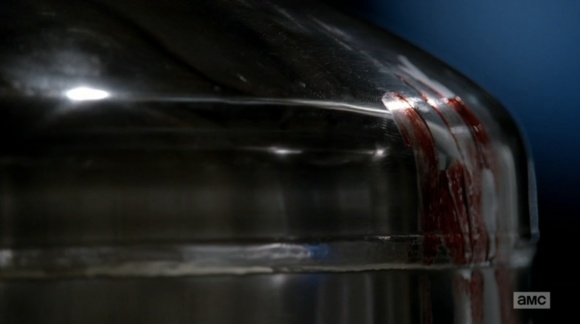
Walt is not redeemed in ‘Felina.’ Breaking Bad doesn’t ultimately take Walt’s side. The show simply pities Walt. It pities him because he’s a pitiful person, but a person nonetheless. He may not be worthy of love or admiration, or even respect, but the show does empathize with him, and through that finds a modicum of sympathy and a helping of pity. It’s pity for a man who was so consumed by the concept of success that he became perverted by it, and with nothing to show for it in the end but a legacy of pain and destruction. The tragedy of Walter White is not that he was a good human being who became evil, but that he was a human being through it all.





